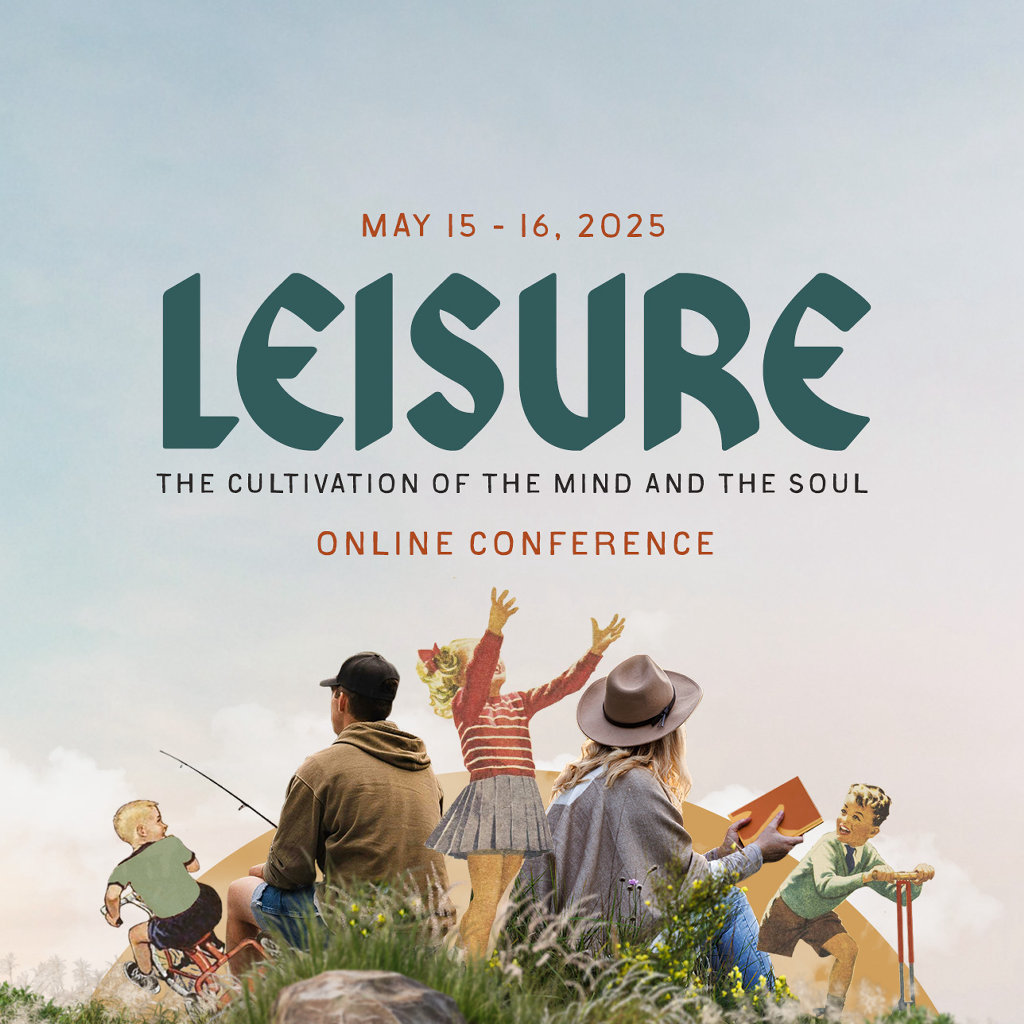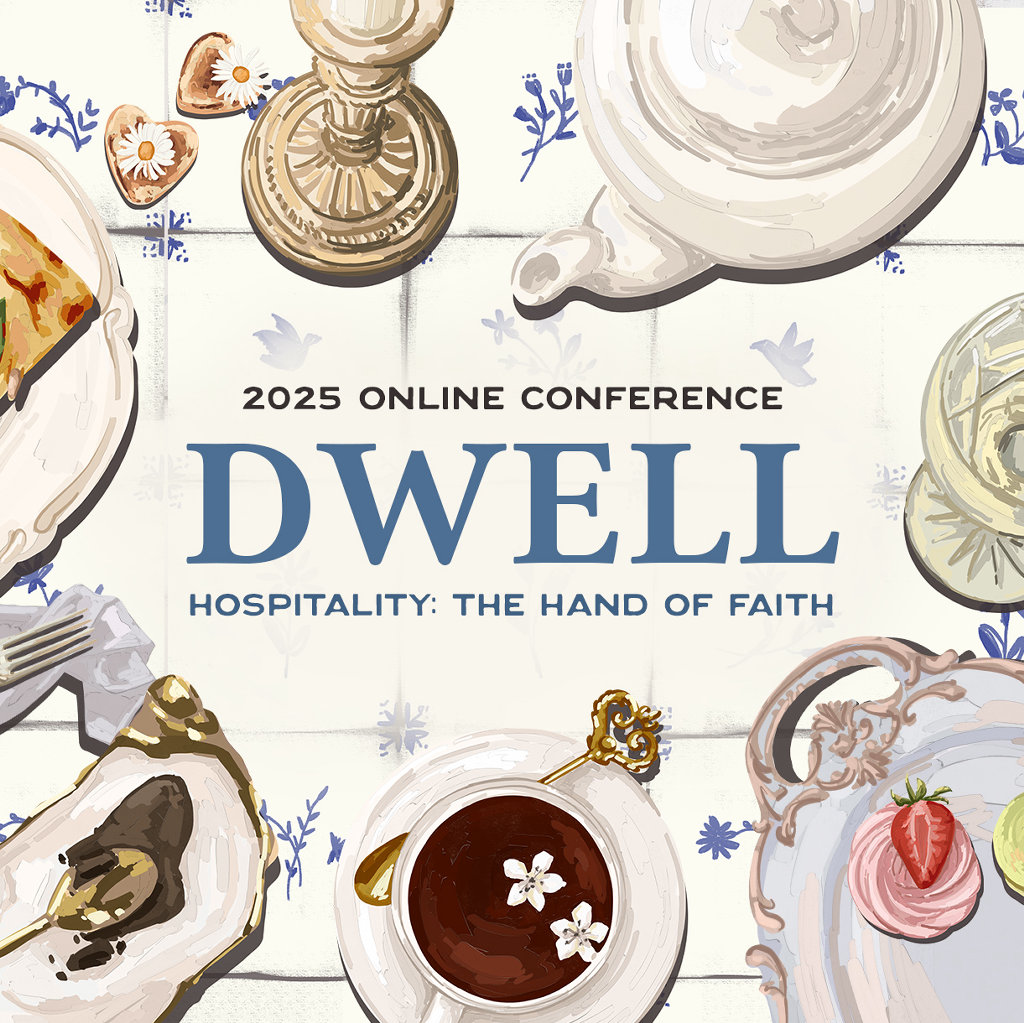The Classical Difference
Classical education does not offer a slight adjustment to the curriculum. It is a much more fundamental and inclusive change in paradigm.
The classical difference affects what we teach and how we teach, govern, and assess. It even affects the vocabulary we use to express our vision.
Different words are used and emphasized (such as “trivium”, “quadrivium”, “virtue”, etc.), while some of the words that are common to classical and contemporary education carry significantly richer meanings (such as “science”, “liberal arts”, etc.).
We teach differently because we have a different perspective on the Child. We don’t believe that a child is a fortuitous blob of protoplasm waiting to be decomposed. We believe that she is nothing less than the Divine Image, an icon of the invisible God. She must not, therefore, be taught following techniques developed to instruct beasts. She must not be reduced to mere chemical responses to electrical stimuli. She must be taught personally, in relationship.
We teach different things because we have loftier goals for the child. We govern differently because we have a more serious perception of our task. We assess our work differently because we have higher standards. We confront the challenge of communication because we don’t conform to the spirit of the age.
This paradigm shift creates a number of challenging practical problems, perhaps none of which is more significant than the problem of communicating it to the contemporary audience.
Textbook companies, for example, cannot survive if people don’t buy their textbooks. But the market does not buy what it can’t understand–unless it is compelled to do so by bureaucratic forces. Consequently, textbook companies have little choice but to publish textbooks that are easy to use and understand or else to publish books that the educational bureaucracy demands. Neither option works, the first because Christian classical education cannot be made easy and the second, because of the distance between the teachers and the curriculum designers and choosers.
A similar problem arises for a classical school that wants to communicate its vision to its local community. What can they say that the local community will appreciate and understand according to the intention of the speaker? The best solution seems to us to be to tell them what classical education is and why it is valuable. This will draw in those most ready to receive the message. A core will be built up and equipped, which will lead to more explanation and expansion. The worst thing we can do would seem to be to rush forward not worrying about whether we understand what we are talking about and drawing in, for the sake of numbers, a weak base that is not committed to or able to understand classical education (which raises vital and unavoidable questions of viability). What it boils down to is this: it is imperative that we think deeply and consistently about what classical education is. For in the end, classical education is a rich and vigorous stewardship–and that demands responsibility.
But classical education varies considerably from conventional education. It holds to a different metaphysical paradigm (i.e., it holds to different assumptions about the nature of reality and the way we know it), orders its curriculum around different principles, regards the child differently, is mission driven rather than market driven (indeed, it seeks to heal the market it serves), and seeks different ends for its students.
To learn more about classical education, please take a leisurely look around our website. And if you have questions, we’d be honored and pleased if you would ask us for answers. Join us in this relentless pursuit of wisdom and virtue.



